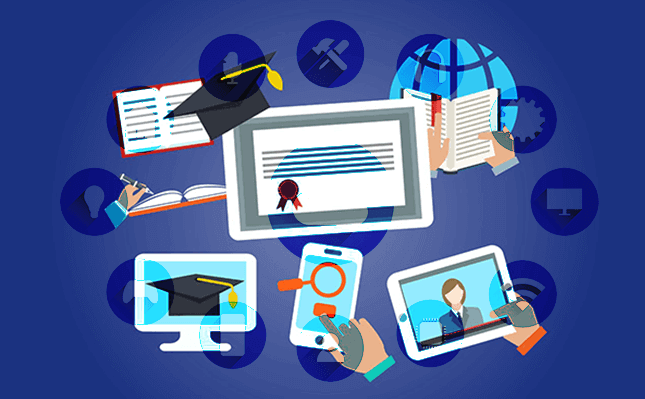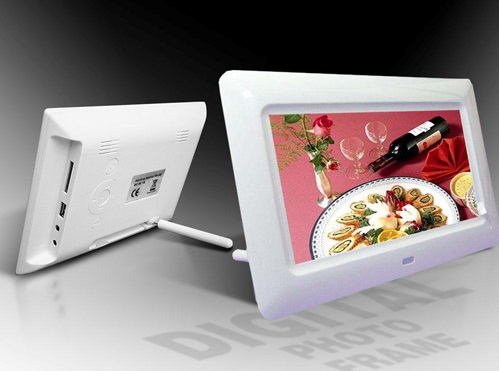Improvement in technology in various fields have made our lives more comfortable than earlier. So what’s the use of this internet in the education field? The Internet of Things influences education in a lot of ways. It is this asset intelligence, which allows institutions to make more informed decisions, in an attempt to boost operational efficiency, learning experience and campus security. The IOT is the network of physical things connected to the internet that will make our lives easier. These kinds of devices are based on machine-to-machine communication, modeled after cloud computing as well as networks of data-gathering sensors, and they allow gadgets to send and collect data. In this article I am going to list out the top 6 impacts of internet of the things.
Table of Contents
1. Automated tasks
Nowadays every student carries smart phones with them. They love to carry it to anywhere because of the internet. How would they feel if they were allowed to carry smartphones to classroom? It will be more interesting. By using this technology students can do automated tasks like scheduling.
Many students still use laptops and tablets for taking notes. Thus, a lot of schools now switched to the ‘smart’ systems of reusable technology, providing students with tablets and laptops. This make the education more easy and more interesting.
2. Efficient teaching
When the teachers are connected through the cloud, they can be in touch with their students anytime. They can make grades easier and more efficient. Students can also focus on their lesson, with more efficiency. This eliminates the need of effort towards both learning and teaching.
Learning can be done without having any doubts and teaching can be done without any errors. This also makes a less expensive for the schools.
3. A virtual classroom
In traditional learning, students have to suffer a lot, because they can’t get their information within the time. They have to go for a library in search of books, they have to borrow books or they have to refer, many things to gain more knowledge or more information about their lessons.
Now, the education is much smarter enough to meet the student’s needs within the time. They can clear their doubts within seconds. They can get every information even at their homes. Hence this method of education makes the students more smarter than before.
4. Real time models
Students can make real time 3D models for their education. By making real time 3D models, students can learn more detailed information about their lesson. If they feel any topic to be more complicated they can easily learn it by making models on them.
For instance, students can make detailed study of the structure of a heart by making 3D models. They can better understand their function than usual.
5. Special education
Autistic kids respond to tablets very well, and those with other disorders as well. Children with ADHD, dyslexia or other learning impairment are helped greatly by any and all technology at their disposal.
Together with this, smart schools also have a system for educating people on such students. The general public, as a result would be more understanding and open to the special individuals. It will be easier for special kids to function well in a neutral environment, and on their own as well.
6. Protected education
Automatic attendance tracking using radio frequency identification is one potential application at the K–12 level. An RFID chip could be embedded in a student’s ID card or mobile device, and can be easily trackable.
When timetables and bus schedules are regulated via smart technology, there would be a more secure system. This would be more specific and parents can track their children even on field trips.
Conclusion
The technology is constantly improving with its advancement. To provide an effective and efficient education you can adapt towards this IOT.
Similar Posts:
- Uses of Augmented reality in Education- The new way to your learning
- Top 10 Interactive Web Tool for teachers and students
- How to use technology in physical education?
- 10 Best Educational Robots for Stem-Steam Classroom to make learning fun
- 10 Best Goal setting Apps for Students in 2020 to make every student active



